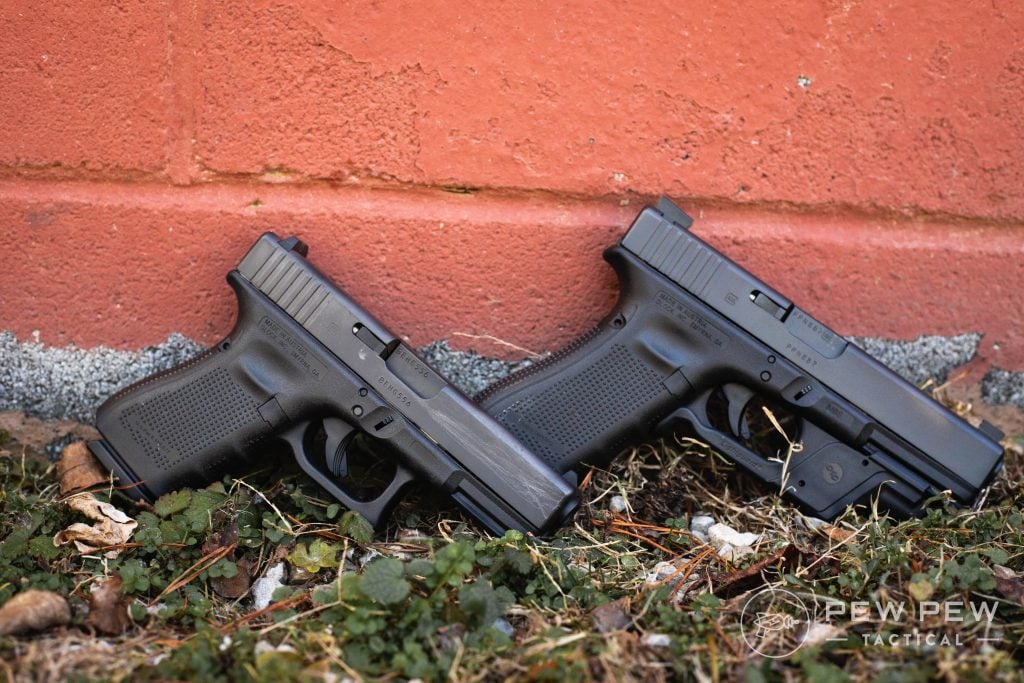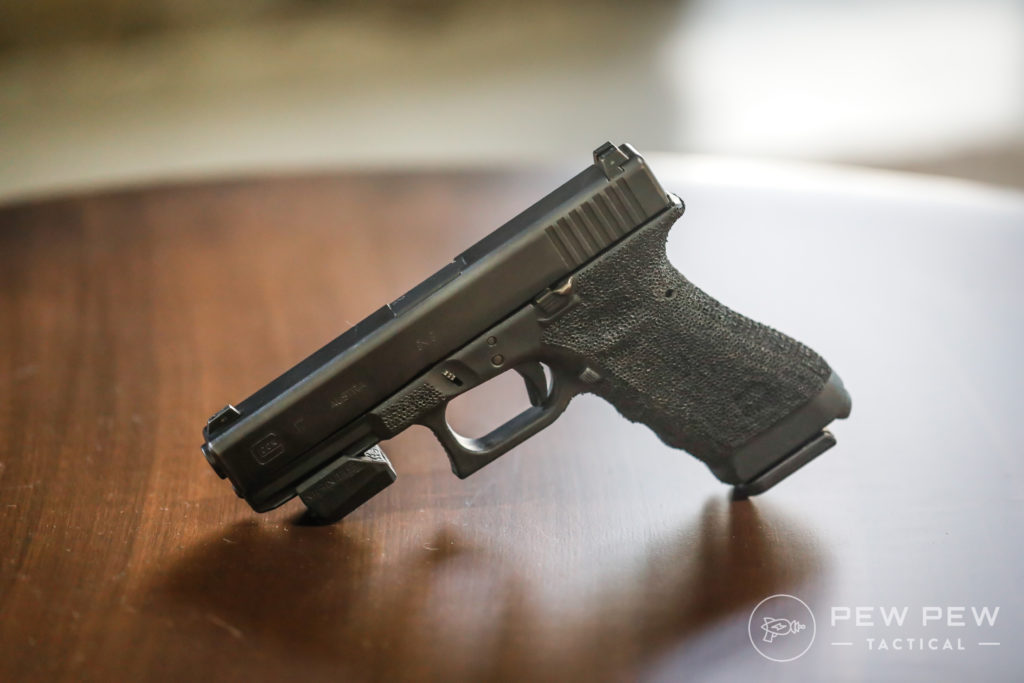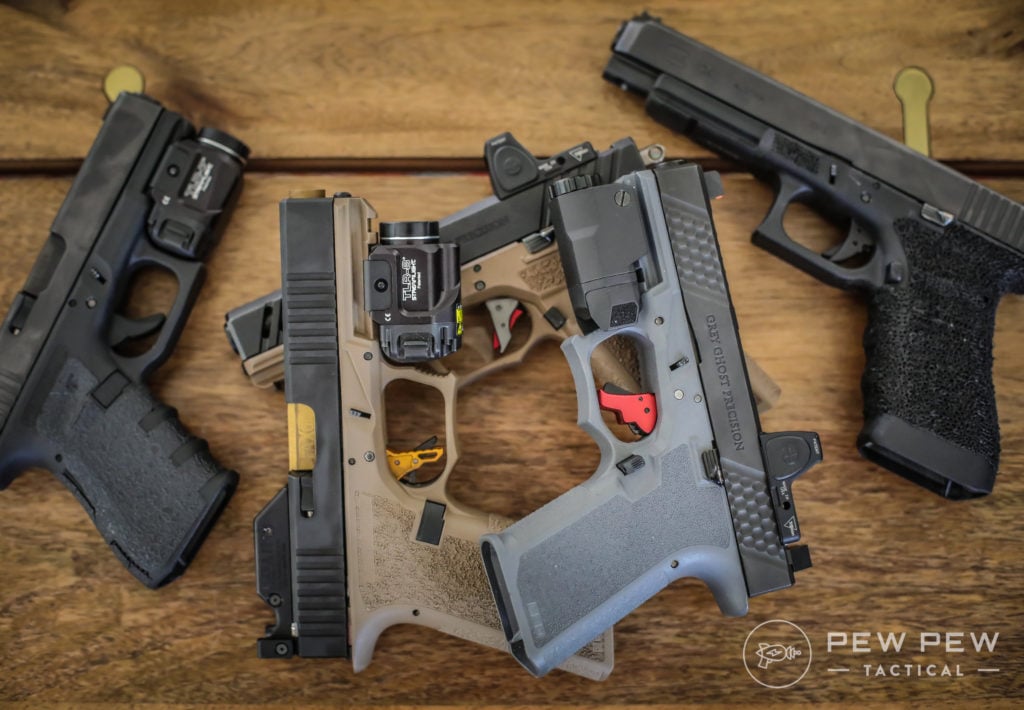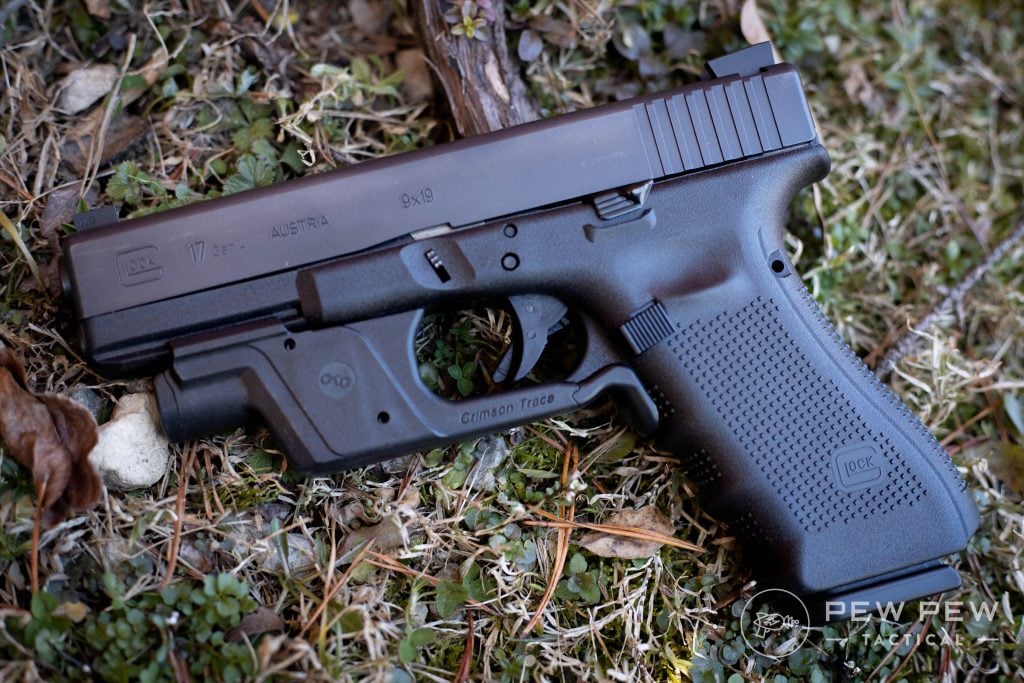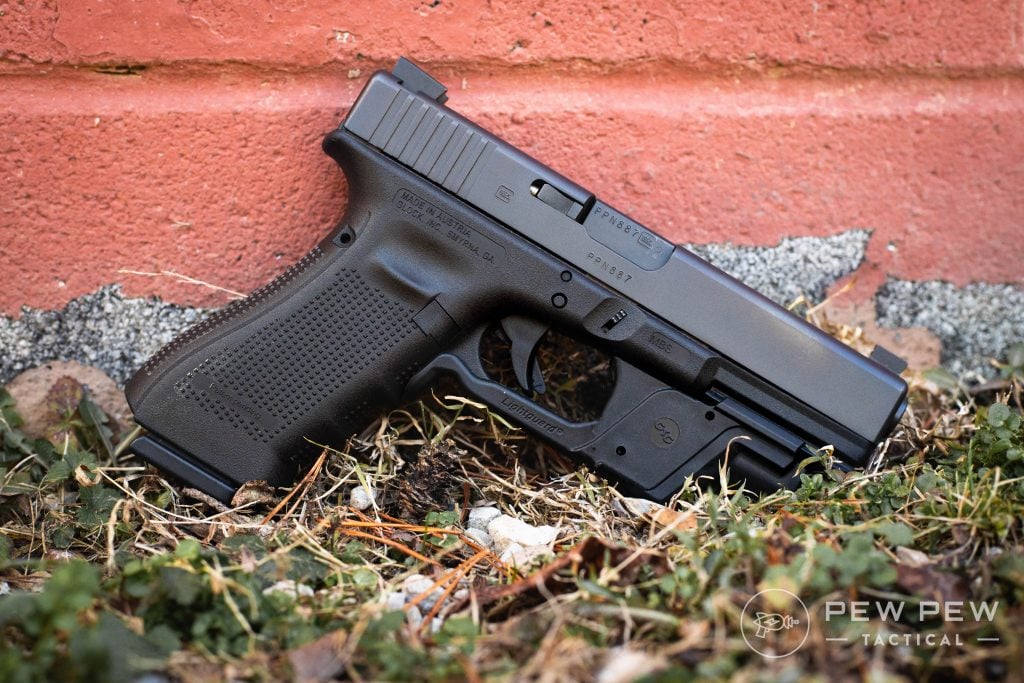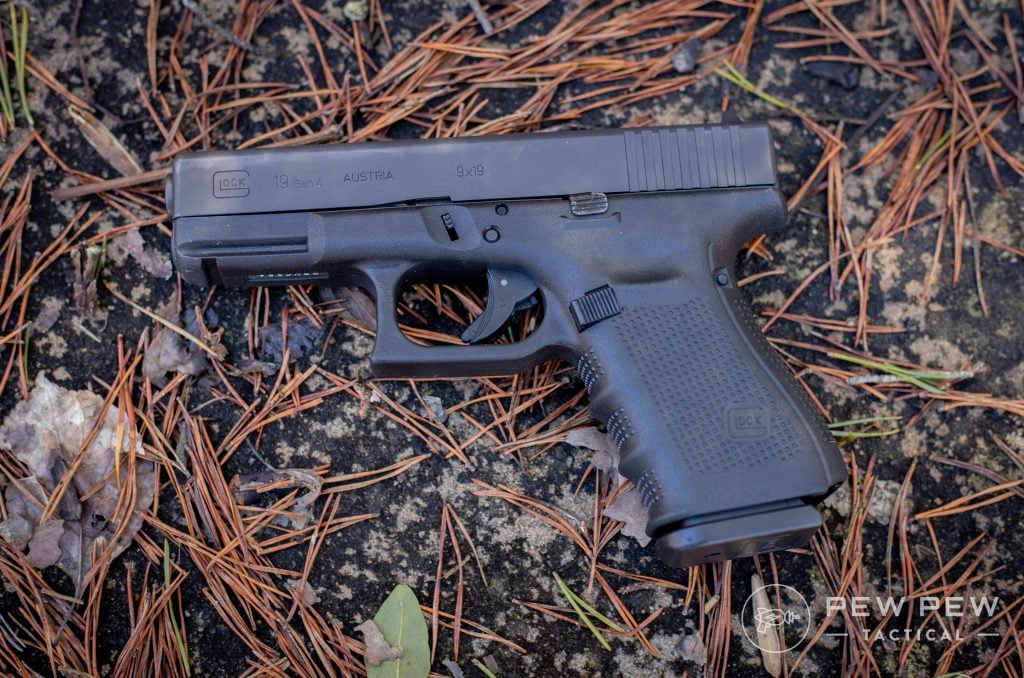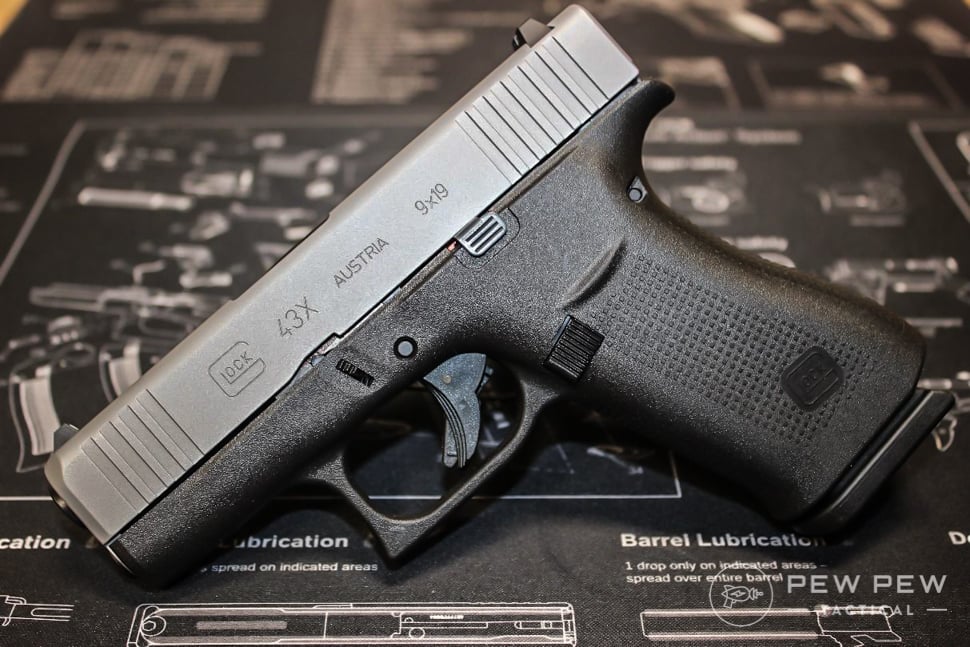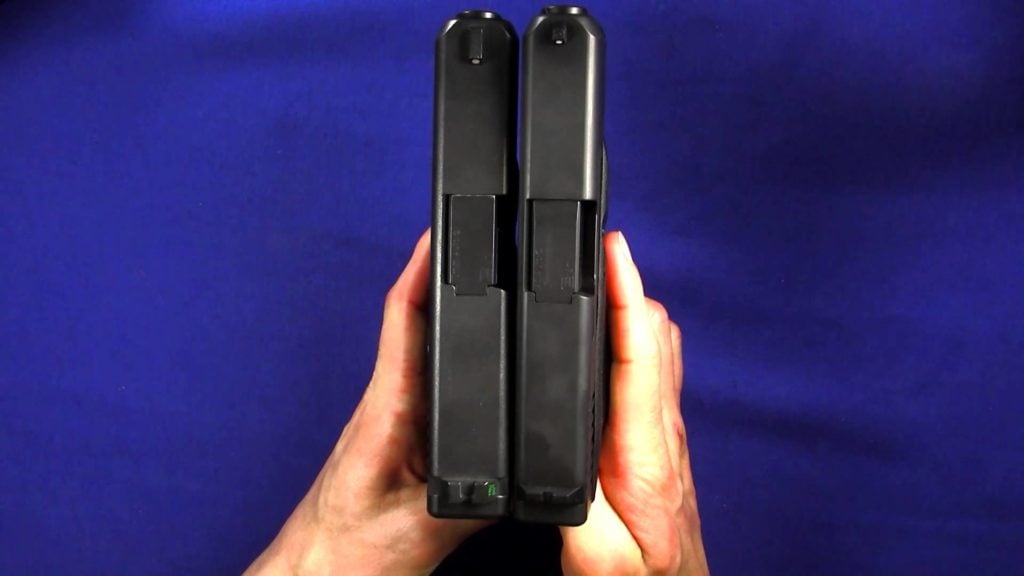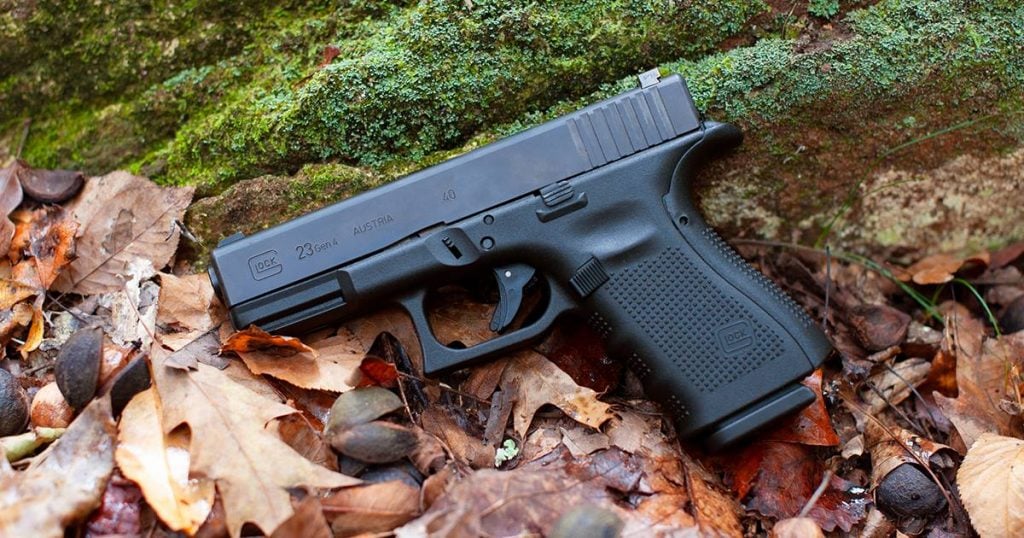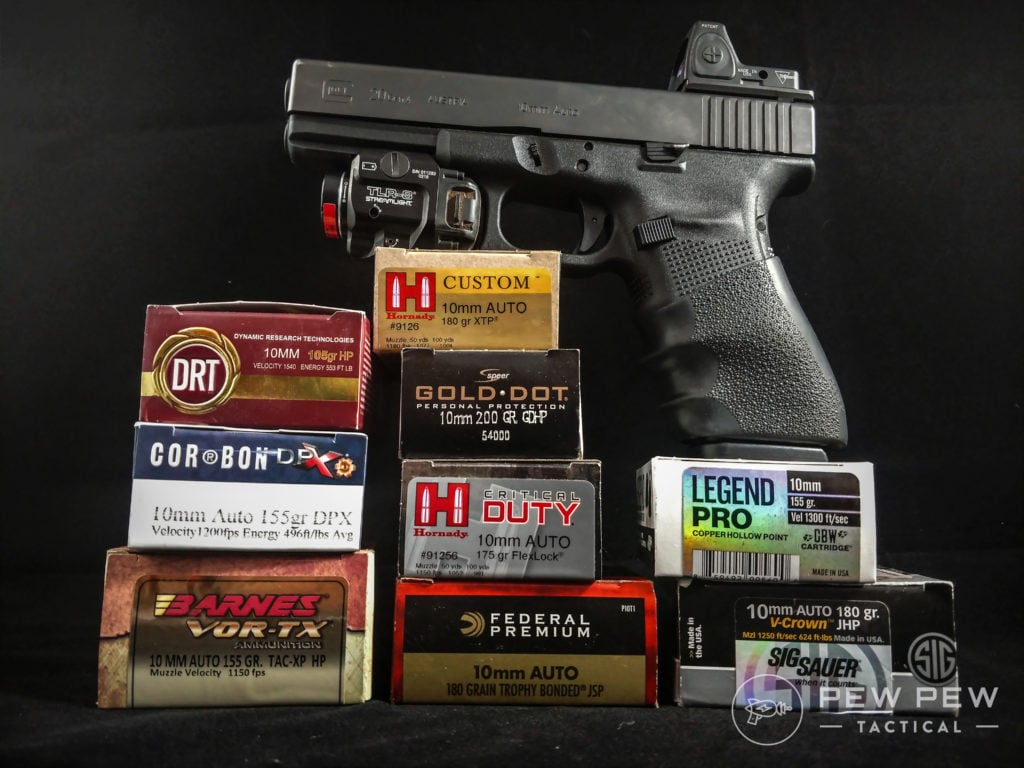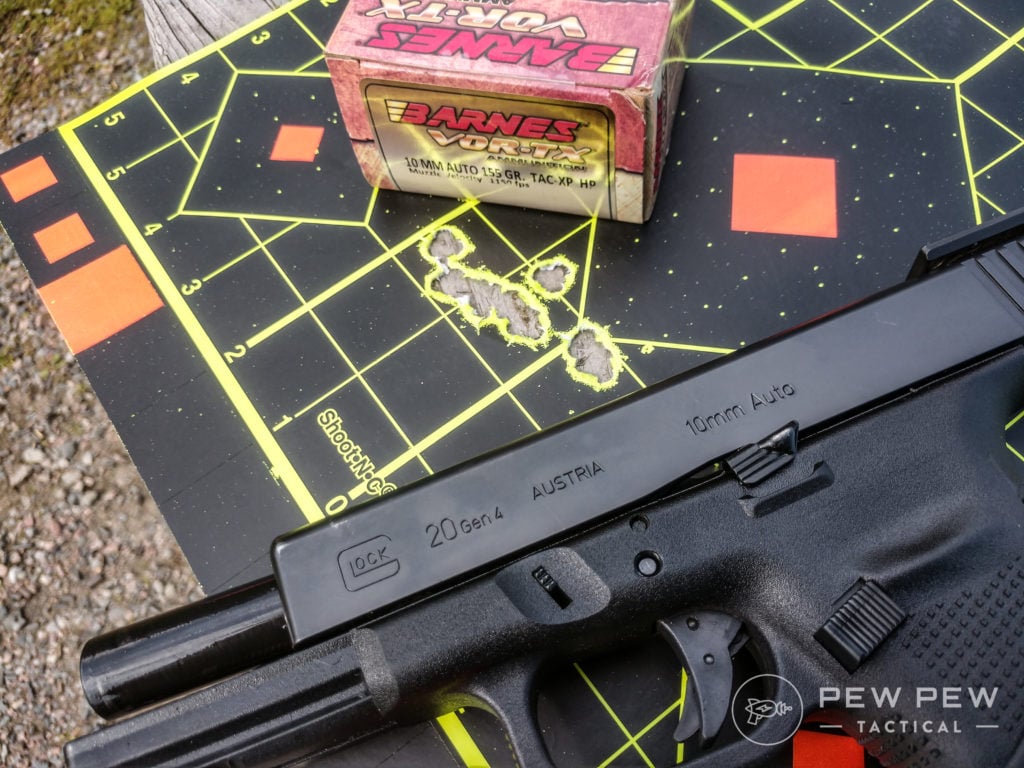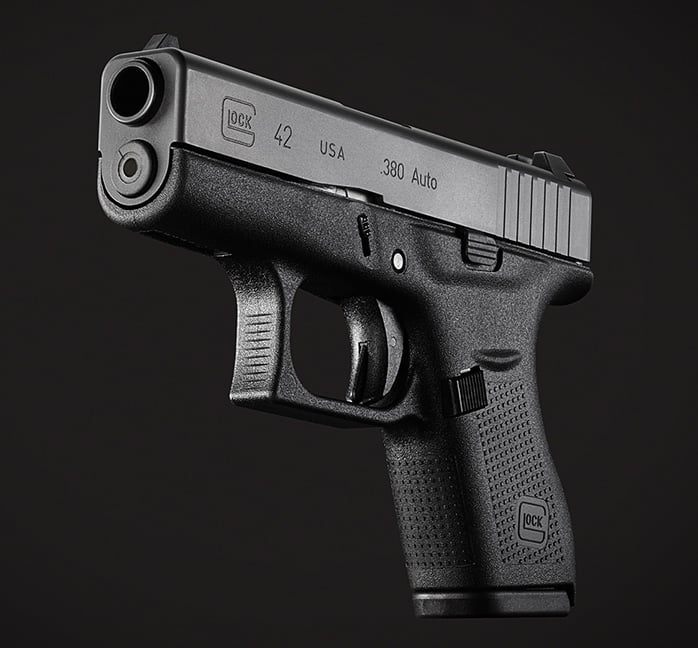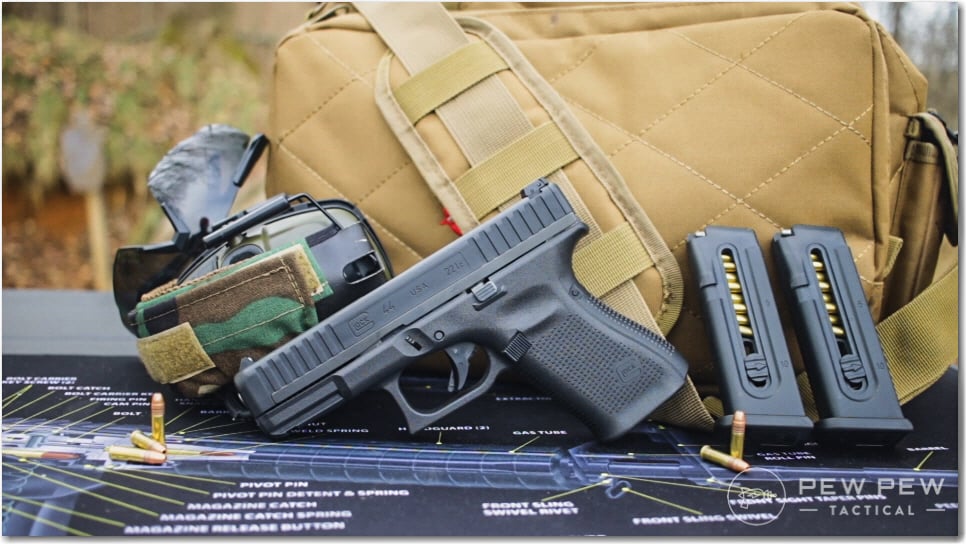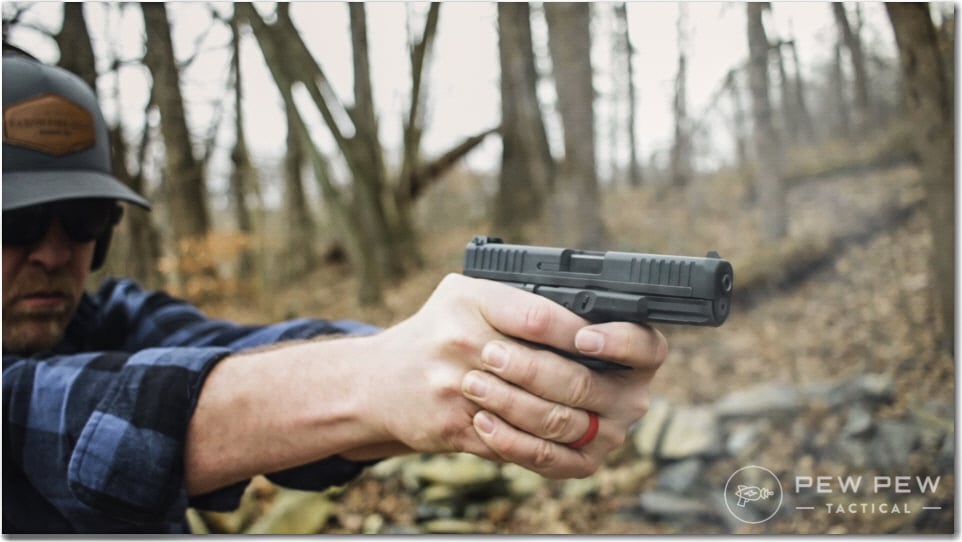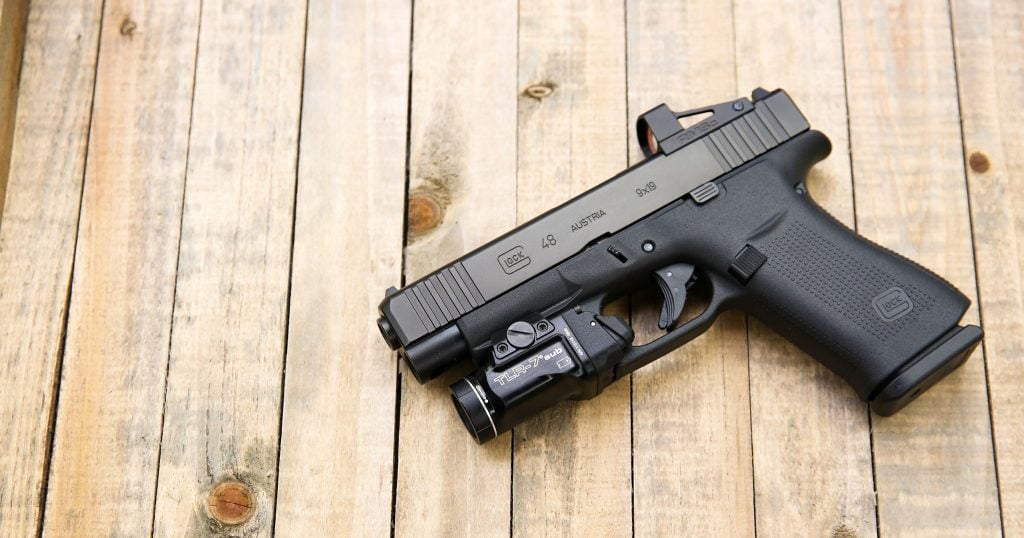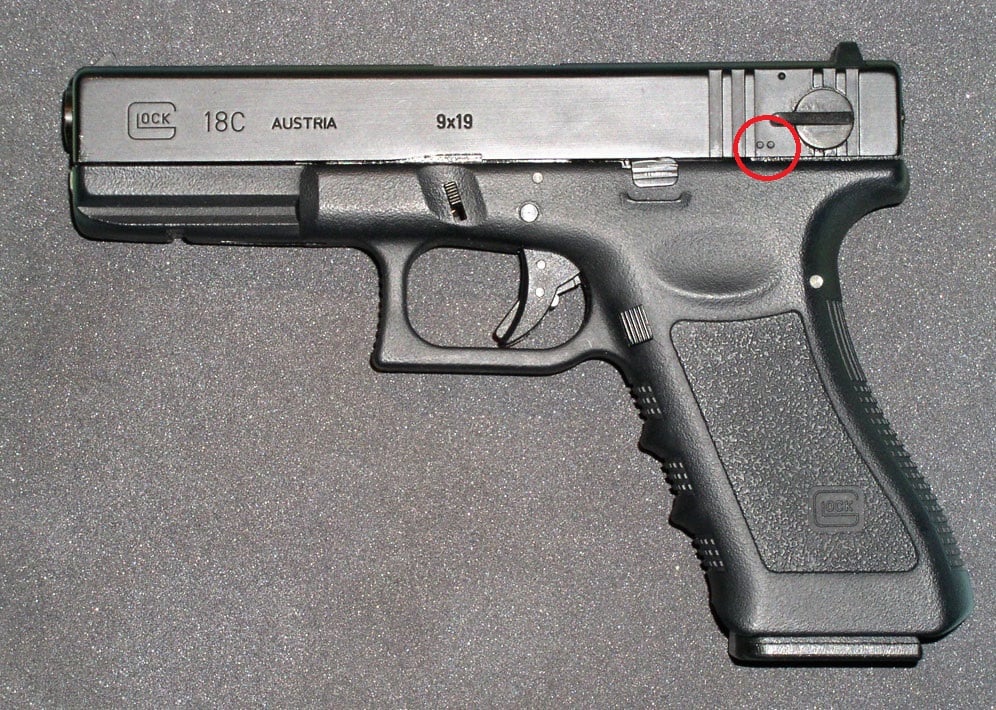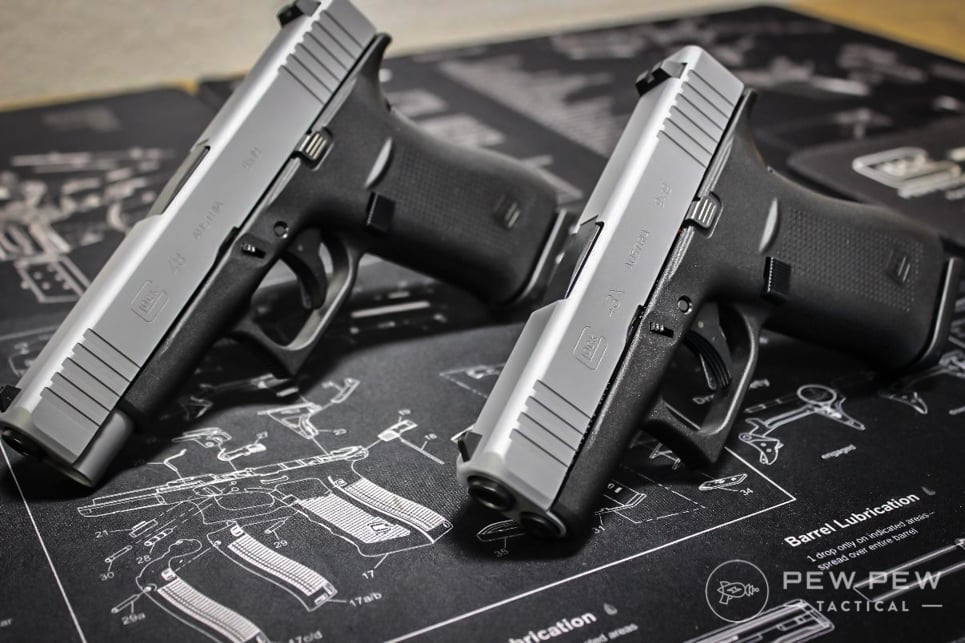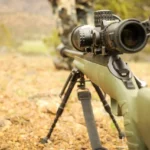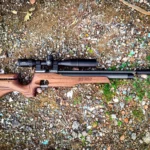Our world’s oceans contain some of the craziest things. Scientists are still discovering new fish TODAY and if that doesn’t tell you about the content of the sea, then I don’t know what does. A lot of it is terrifying and most people wouldn’t be caught dead trying to fight anything that’s been evolving for like, a trillion years. These creatures probably know more about the creation of the earth than we do. While a ton of the ocean’s animals are scary, they can also be super tasty. As much as you may like Salmon and Tuna, there’s plenty of fish in the sea. And most of it is delicious when seared in your kitchen, regardless of how crazy-looking it may be. We’ve compiled a list of some of the most exotic fish that you can actually put in your mouth and eat (and really really love).
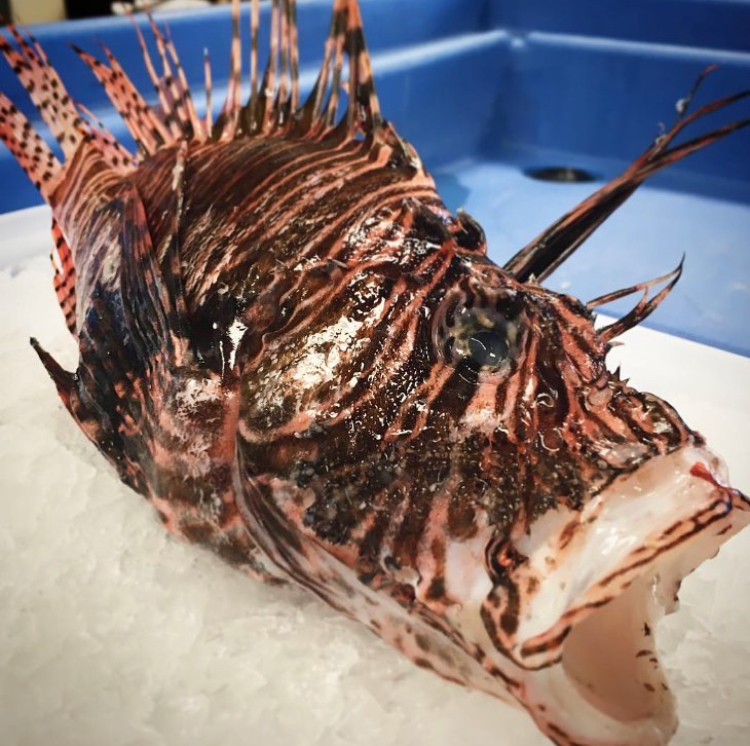
The Lionfish is a tropical fish and it is an established invasive species on the East Coast of the U.S. and in the Caribbean. It is fast-growing, an insatiable eater, reproduces year round, and has no known predators in the areas to which it has been introduced, so it is quickly becoming a threat to local ecosystems, especially along the central and south Atlantic coasts. One way to help save the environment: eat more Lionfish! In areas where it is native, such as the Red Sea in Greece and many islands in the Pacific, the Lionfish is regularly consumed. These slow-pokes are typically caught with spears or hand-held nets, a catch method that results in little bycatch or damage to the habitat. The fins of the Lionfish are venomous, but are easily removed after being caught and the poison is neutralized by heat, as through cooking. The Lionfish has a white flesh and is said to taste similar to certain Snappers and Groupers.
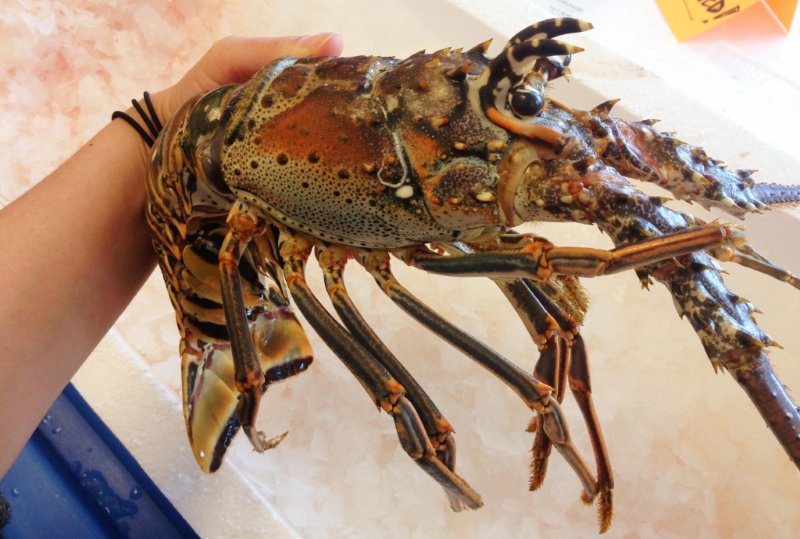
Spiny Lobsters basically eat anything you put in front of them, but they’re mostly known for consuming small Snails and Crabs, decaying organic matter, and some plants. Incredibly hungry crustaceans, they have exoskeletons that do not expand and they must shed often in order to grow bigger. Before molting, a Spiny Lobster begins building a new, bigger skeleton inside the existing one. As it gets too big to be contained, it splits open the outer shell and the new exoskeleton hardens. Spiny Lobsters are more active at night and that’s when they go out to forage for food. These babies are super sweet; way sweeter than the Maine Lobster but you’re not likely to find it on your American plate any time soon. About 90% of the live Spiney Lobster market gets sold to China due to their insanely high demand and the percentage gets higher every year, while American consumers aren’t willing to pay the price for this unique looking Lobster. If you happen to find a Spiny Lobster on your menu down the line, be sure to give it a try (you might not see it again) – it’s chewy, nutty, and again, very sweet!
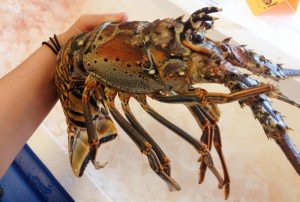
If you’re a big fan of sushi, you’ve probably already heard of Uni, the Japanese word for Sea Urchin. The gonads of the Sea Urchin is a delicacy in Japan, and often it can retail for as high as $360 per kilogram. It is served raw as sashimi or in sushi, with soy sauce and wasabi and it is imported in large quantities to Japan, mostly from America and South Korea. California Uni is abundant and especially delicious and most of it is exported to the Japanese market but it is enjoyed in the United States as well with many consumers loving the unique texture and the flavor is a surprising mix of sweetness and ocean brine. Don’t be scared to try new things! Uni is becoming more and more popular every day, so if you see it on the menu during your next visit to the sushi bar, give it a shot!
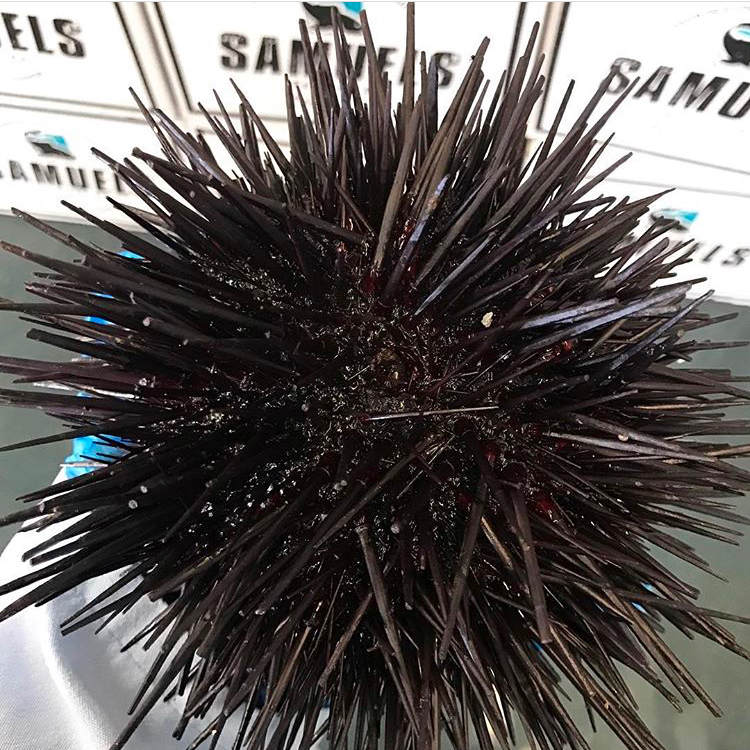
The Nordic Wolffish is a pretty scary looking thing but it’s perfect for frying or grilling! It kind of looks like an eel with a really big head. Wolffish has delicious, firm flesh similar to Monkfish (another ugly looking fish). Because they live on shellfish, the meat can also have a flavor reminiscent of Shrimp. This fish holds up really well in a fish stew, and it’s especially great when fried as cutlets. Most Wolffish are caught off the shores of Iceland near the Arctic Circle. This fish is super unique: they’re known by the natural antifreeze they produce to keep their blood moving fluidly in their very cold habitat and the large size of their eggs. The Icelandic Wolffish population success is also an important factor in the health of other bottom-dweller populations, such as Atlantic Cod. Important to the ocean environment, versatile in the kitchen, and super delicious? What a combo!
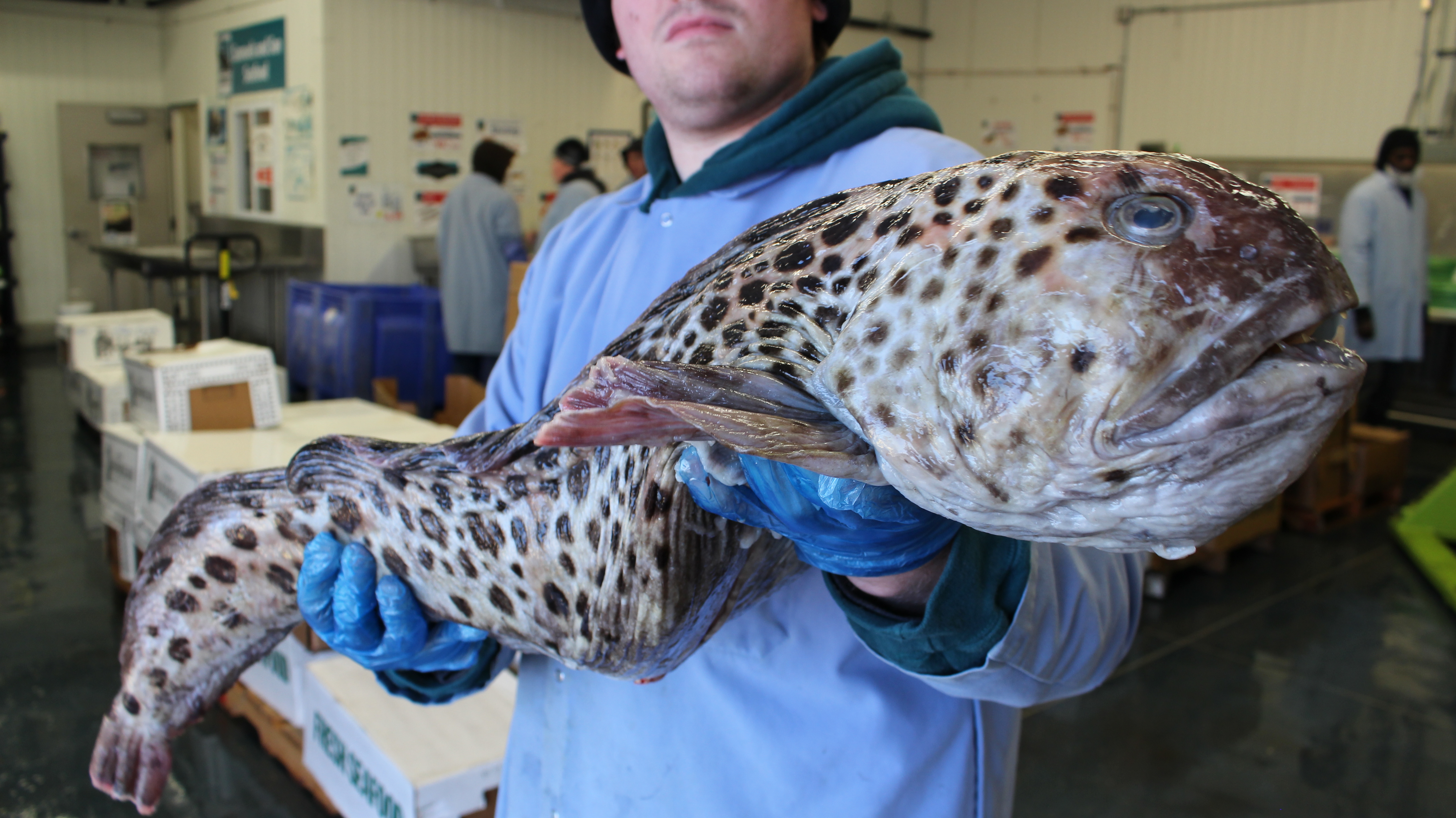
A marine crustacean named for its resemblance to the praying mantis, Mantis Shrimp are typically found as a sushi topping, are boiled whole, and eaten out of the shell. They appear in various Mediterranean cuisines (in Italy, they are Canocchie) and there are over 450 different species of Mantis Shrimp. The meat is intensely sweet, like Lobster, only even more tender than the most tender of tiny Lobsters. It is, by far, the most delicious of the squirmy crustaceans you’ll encounter at the local fish market. If you can get your hands on some Mantis Shrimp, prepare them as you would Prawns, Shrimp, and Langostinos: in pasta, linguine, paella, risotto, and anything else your heart desires. Or, just boil and get to grubbing.

Ever have a buttermilk fried Pufferfish with tartar sauce? We have, and let us tell you: it has to be tasted to be believed. Essentially, it’s the Kentucky fried fish you need in your life. Fry these guys up whole and you have yourself a party. The Pufferfish makes a lot of appearances in cartoons and sunny seaside town decals at seafood restaurants and beyond, but most people don’t know that you can actually eat them. The Pufferfish’s ability to “blow up” and appear larger is its way of communicating to predators, “Hey, I’m bigger than you! Don’t mess with me!” But make no mistake, they’re all talk and no action. The Northern Pufferfish inhabits bays, estuaries and protected coastal waters at depths of 10-183 m along the Atlantic seaboard and this particular species is non-toxic, in contrast to many other kinds of blowfish. The firm, tender, white meat along its stiff backbone tastes so much like chicken that you just need to give it a try and see for yourself that the Northern Pufferfish is the REAL chicken of the sea.








![Air gun 101: The differences between .177 & .22 – Which jobs they do best ? [Infographic]](https://airgunmaniac.b-cdn.net/wp-content/uploads/2024/11/1773-218x150.jpeg)































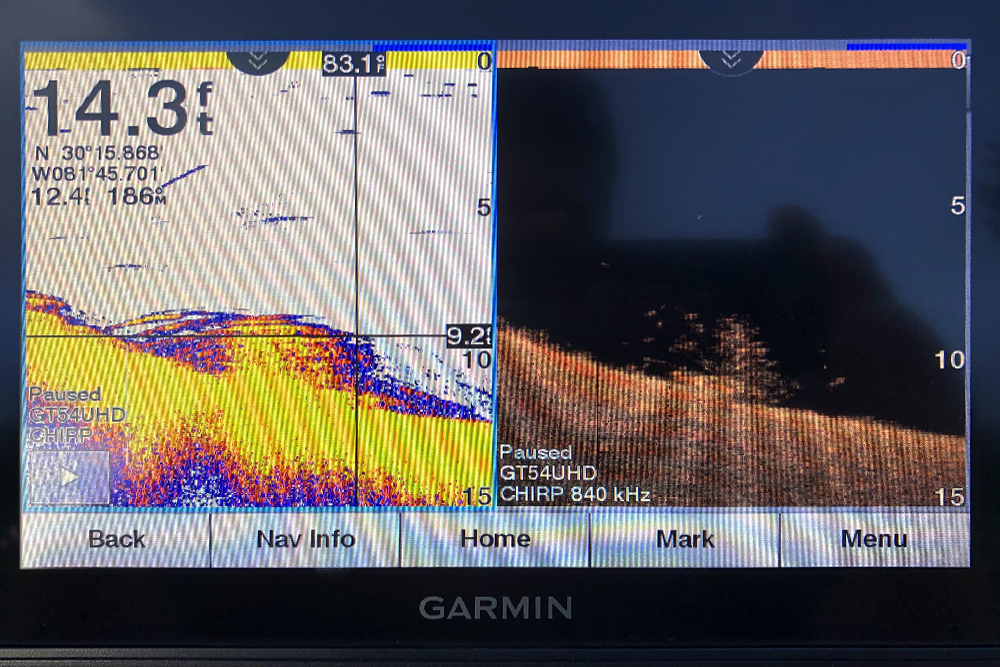
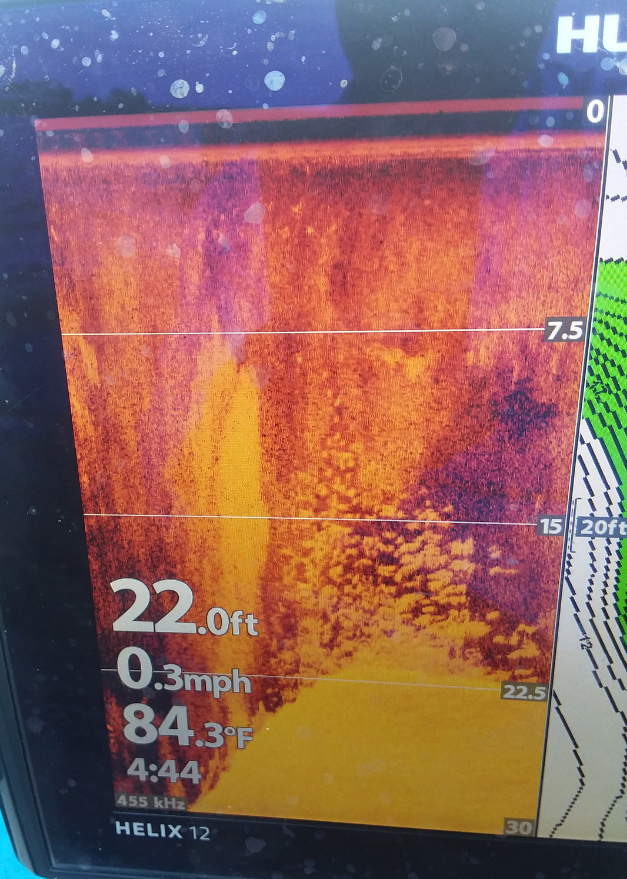
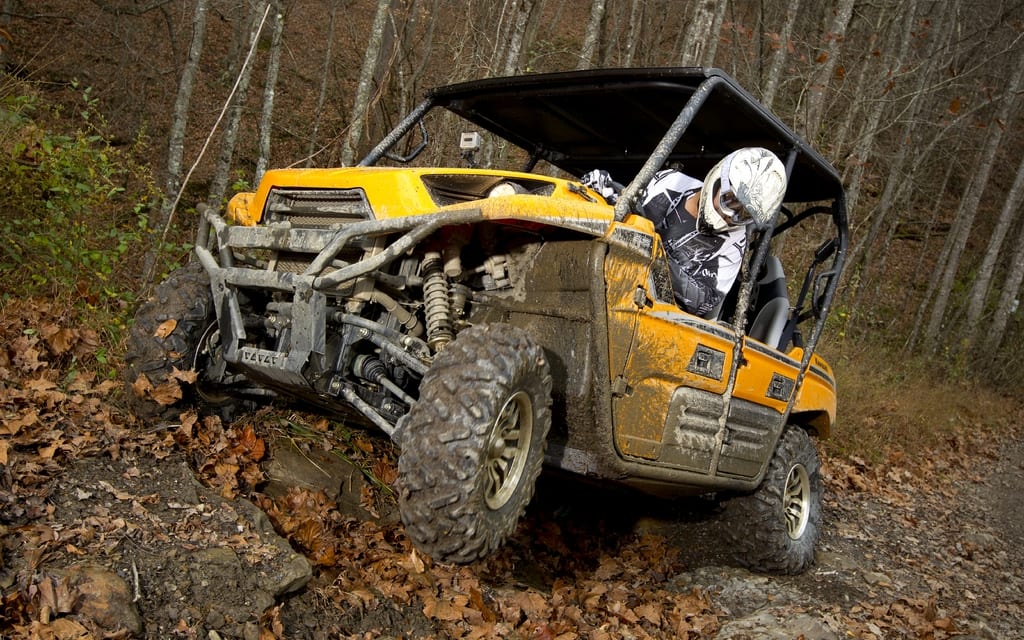
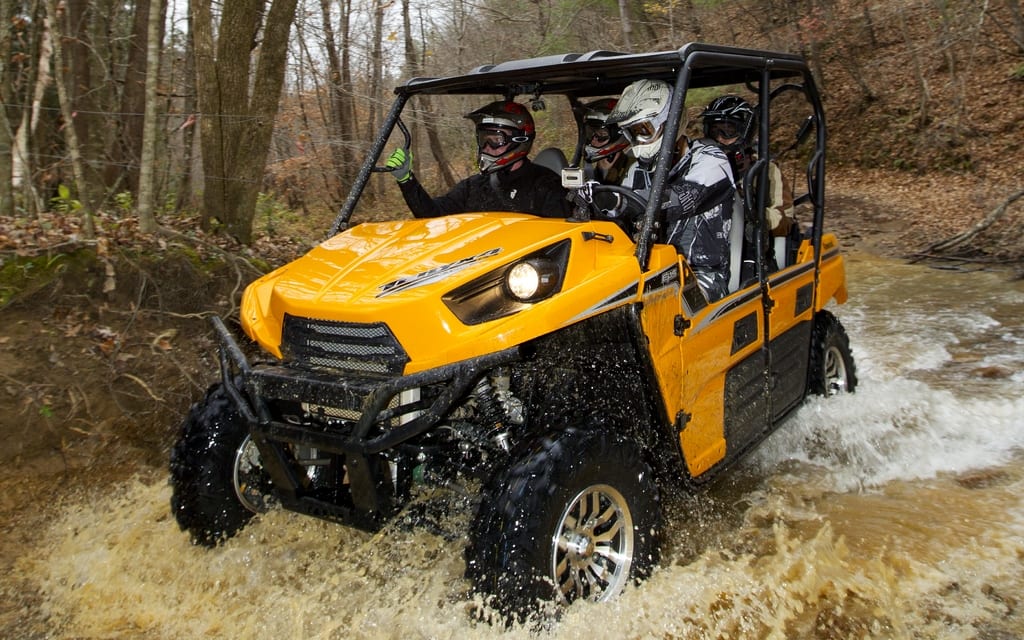
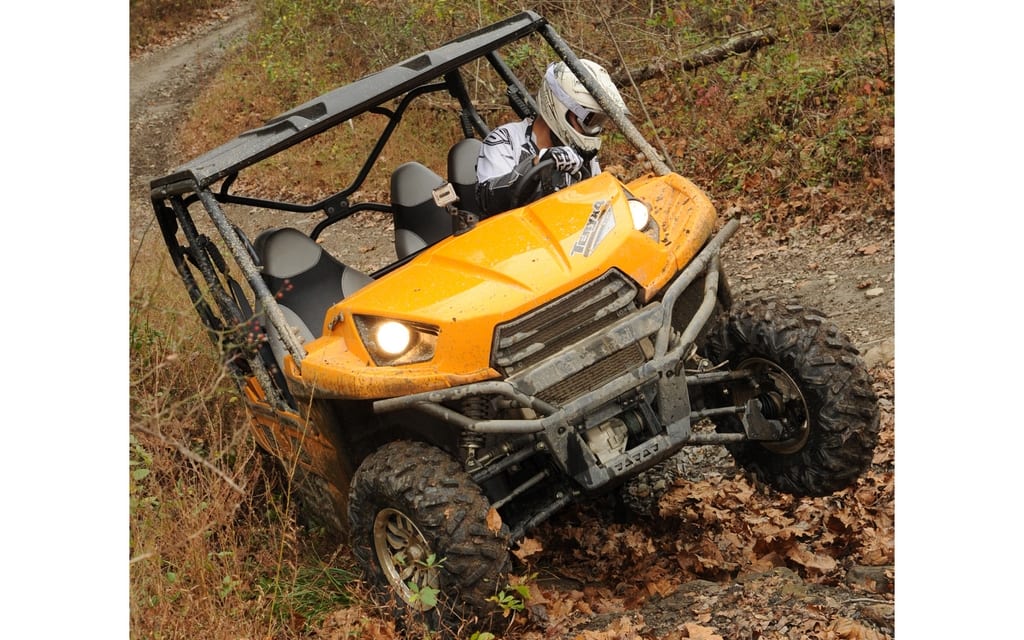


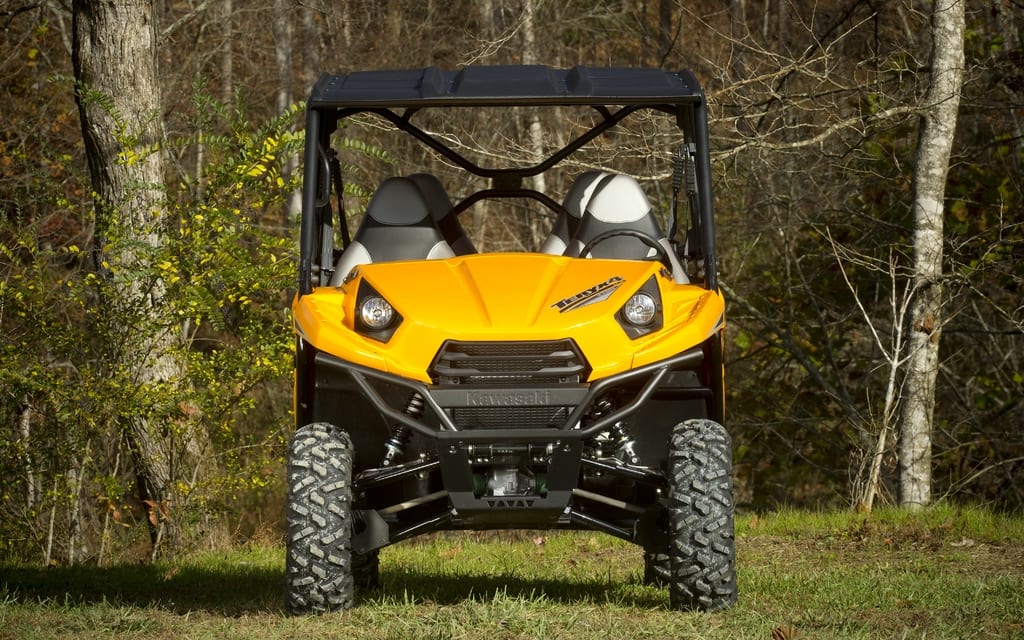
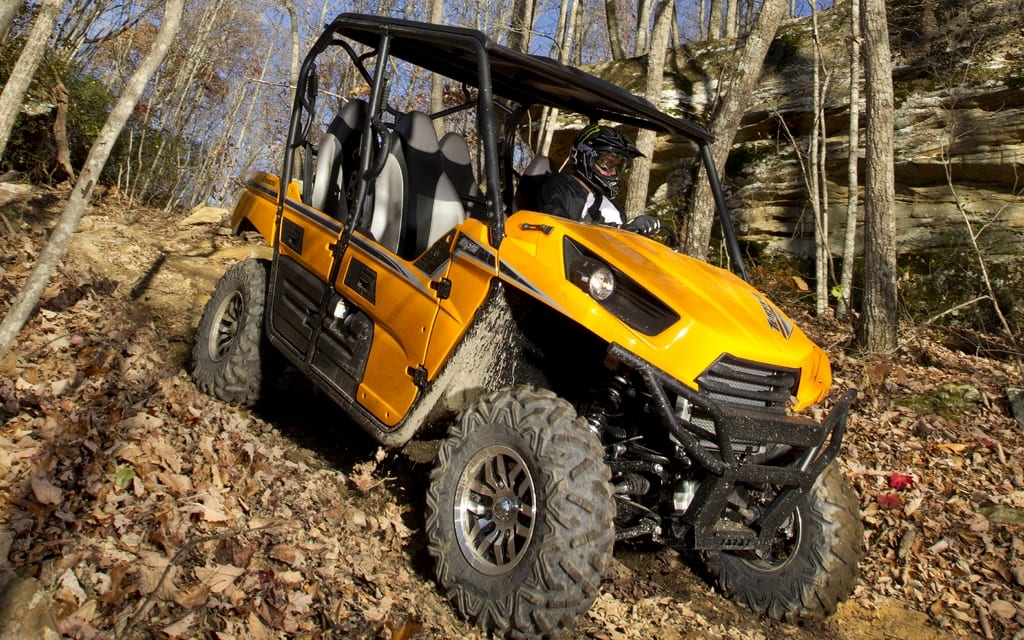
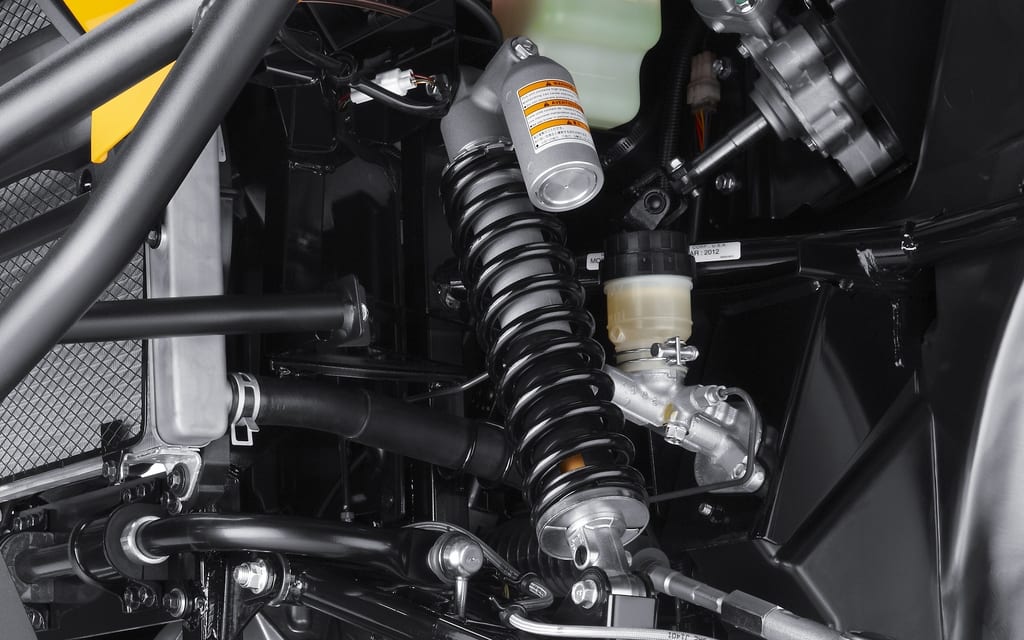
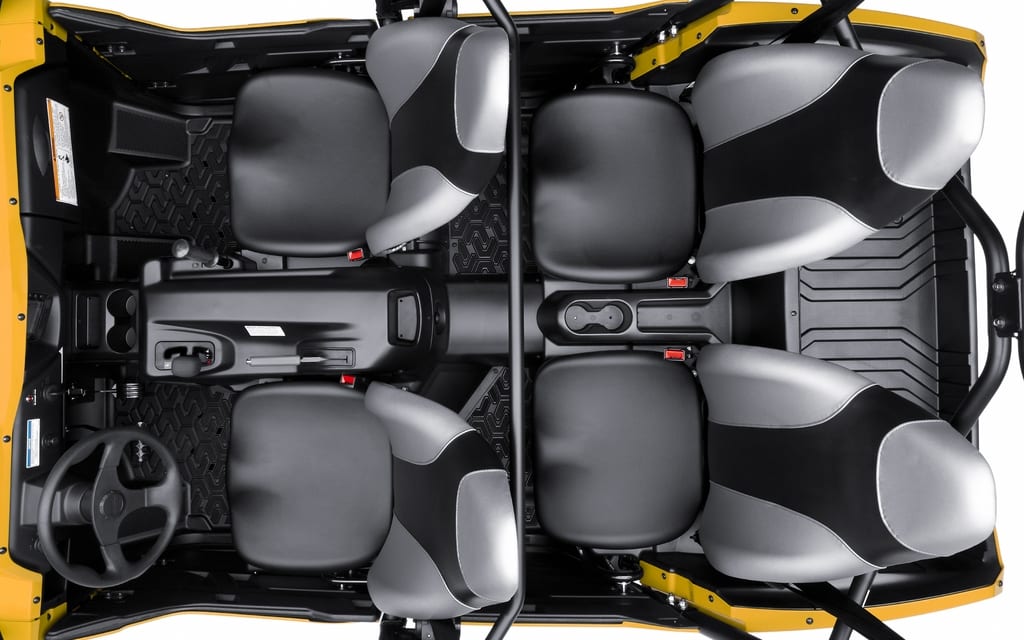
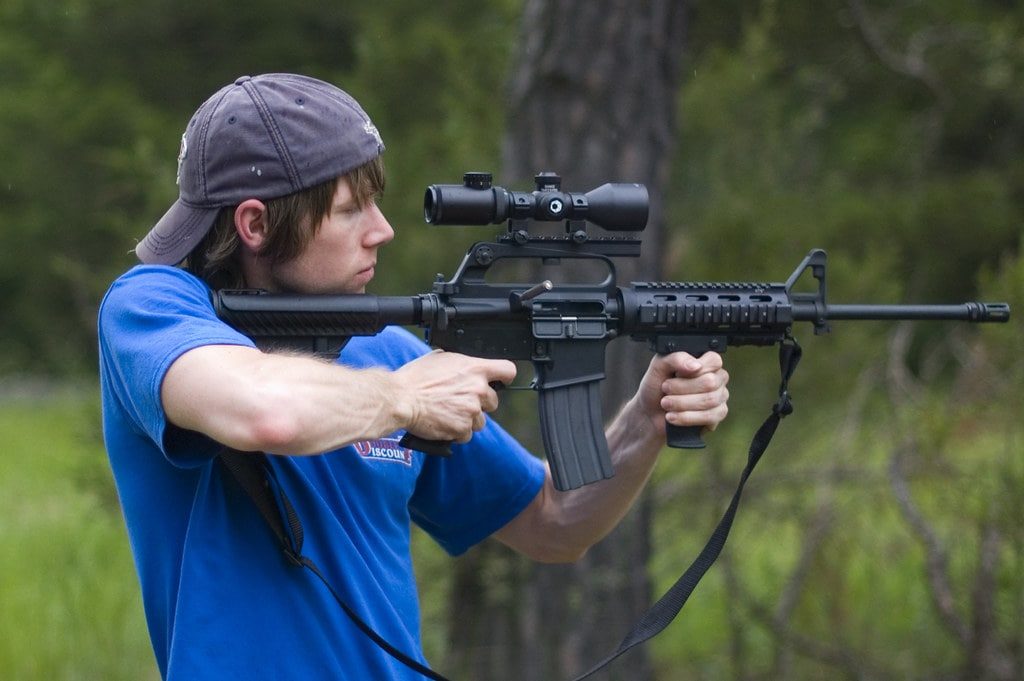
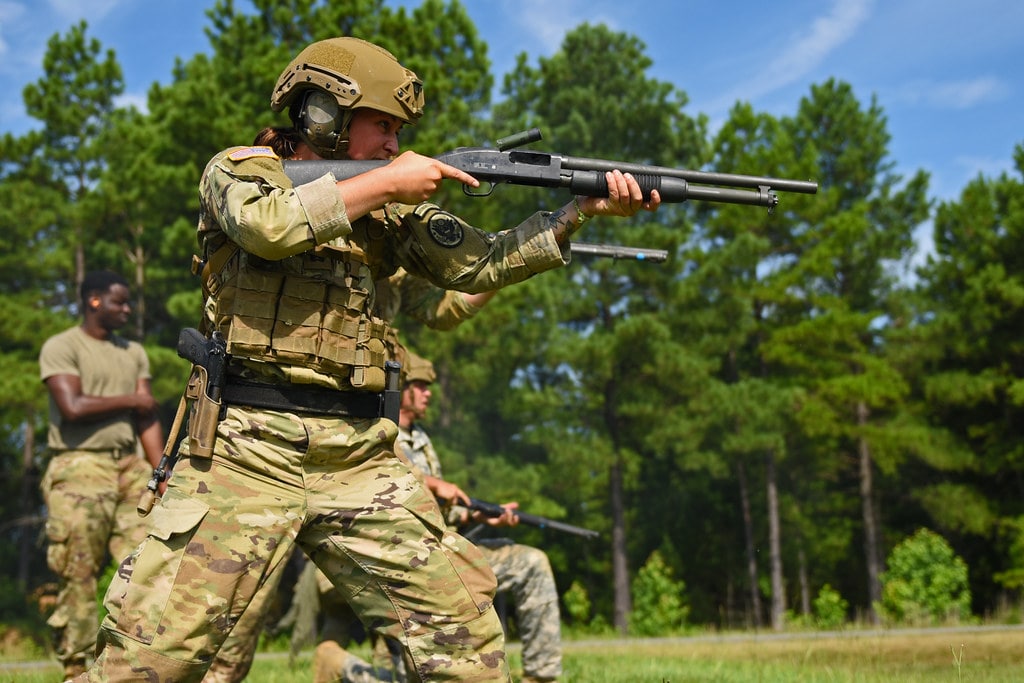








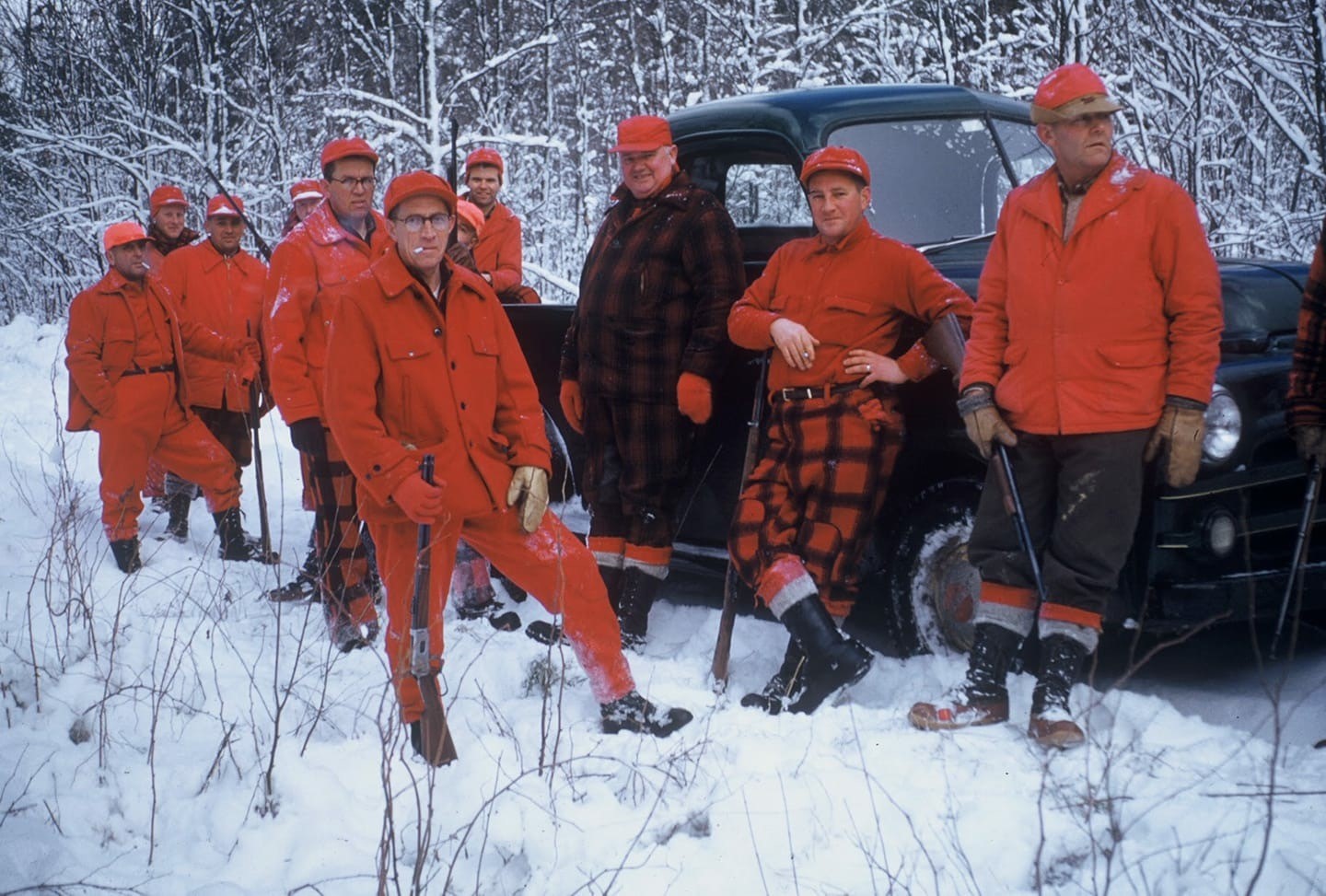 The crew from Schumacher’s deer camp
The crew from Schumacher’s deer camp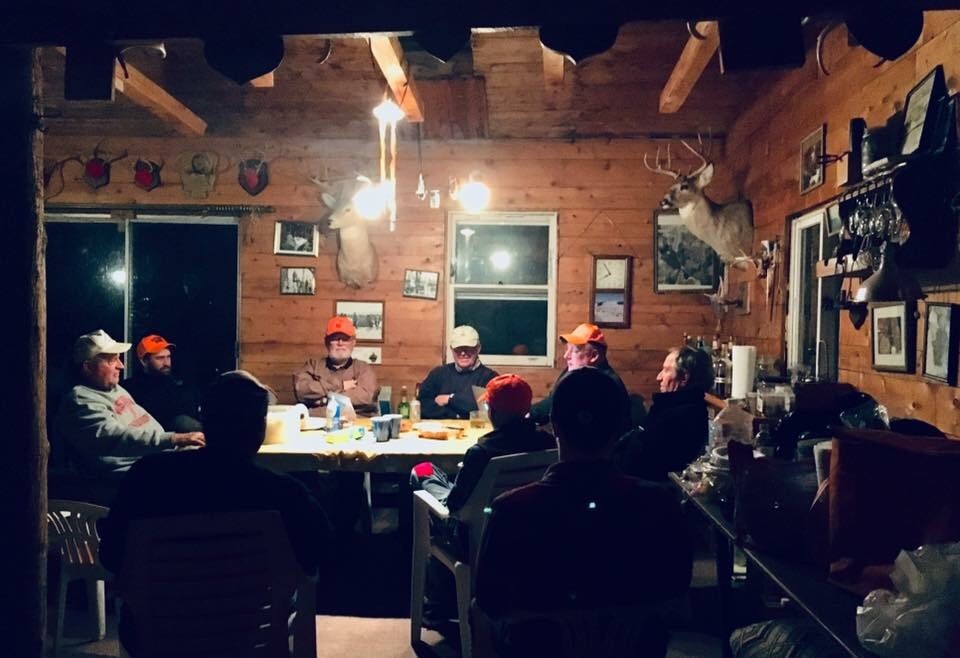 Submitted by Lucas Karls. The cabin was built from the trees on the property over 30 years ago. Each log was handled 14 times before the project was complete.
Submitted by Lucas Karls. The cabin was built from the trees on the property over 30 years ago. Each log was handled 14 times before the project was complete.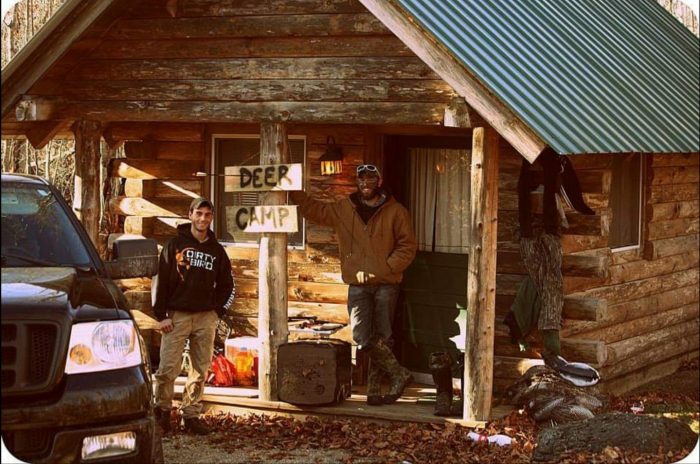 Mitch Goeck’s Wisconsin Deer Camp
Mitch Goeck’s Wisconsin Deer Camp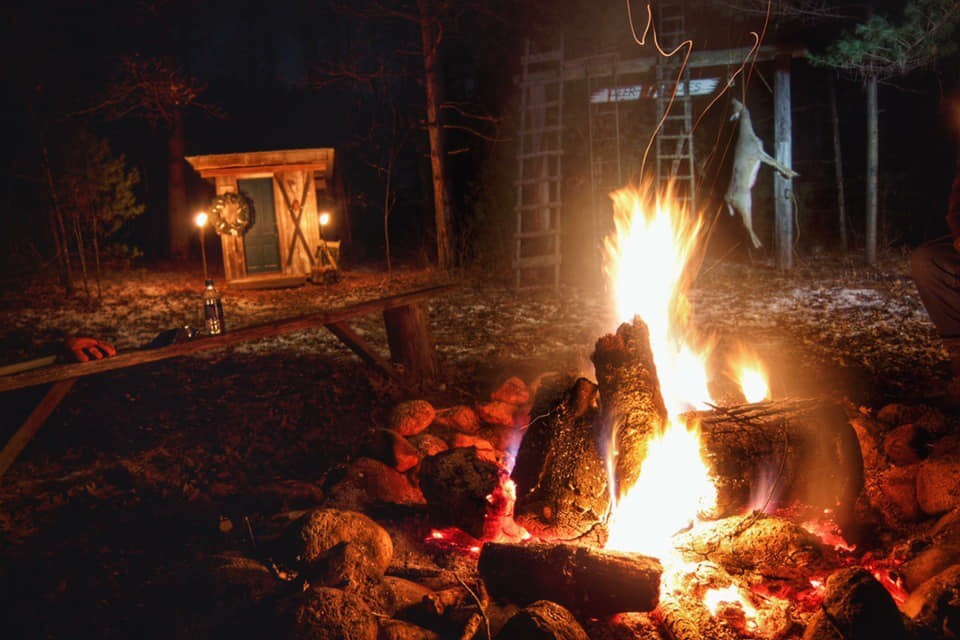 Garrett Meilinger’s family deer camp
Garrett Meilinger’s family deer camp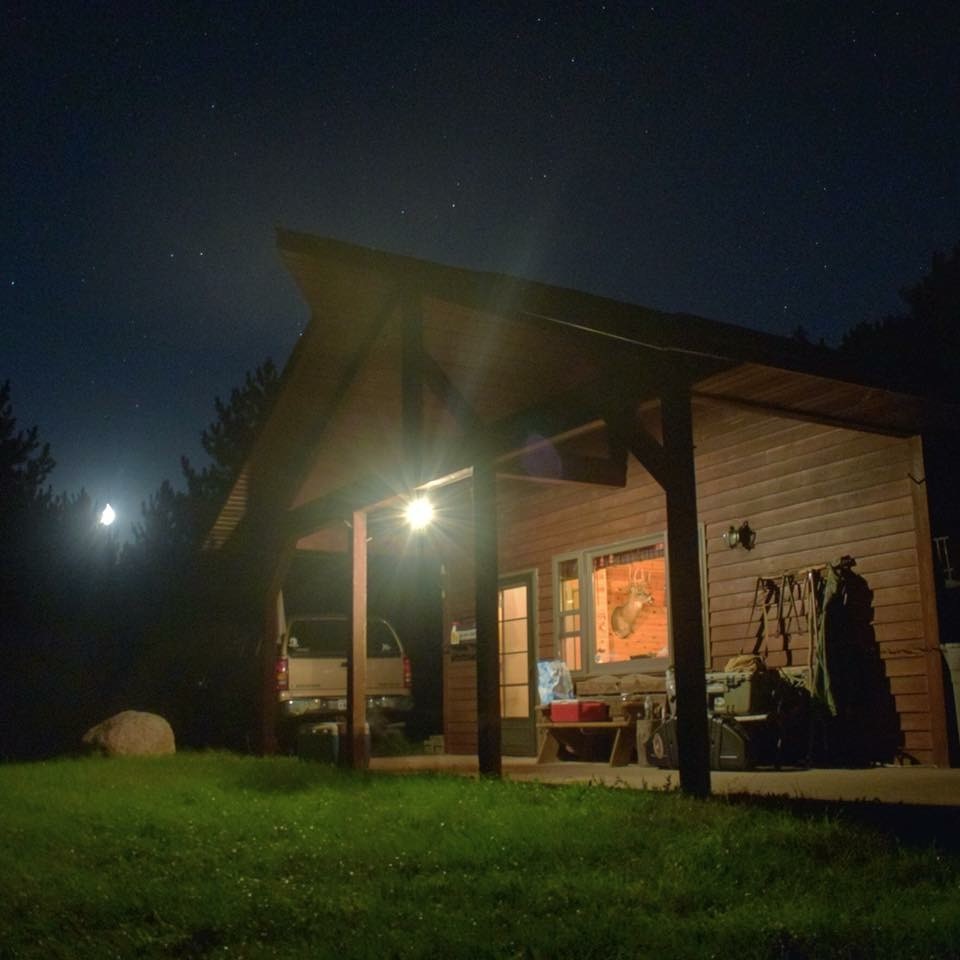 Nathaniel Melton’s family deer camp
Nathaniel Melton’s family deer camp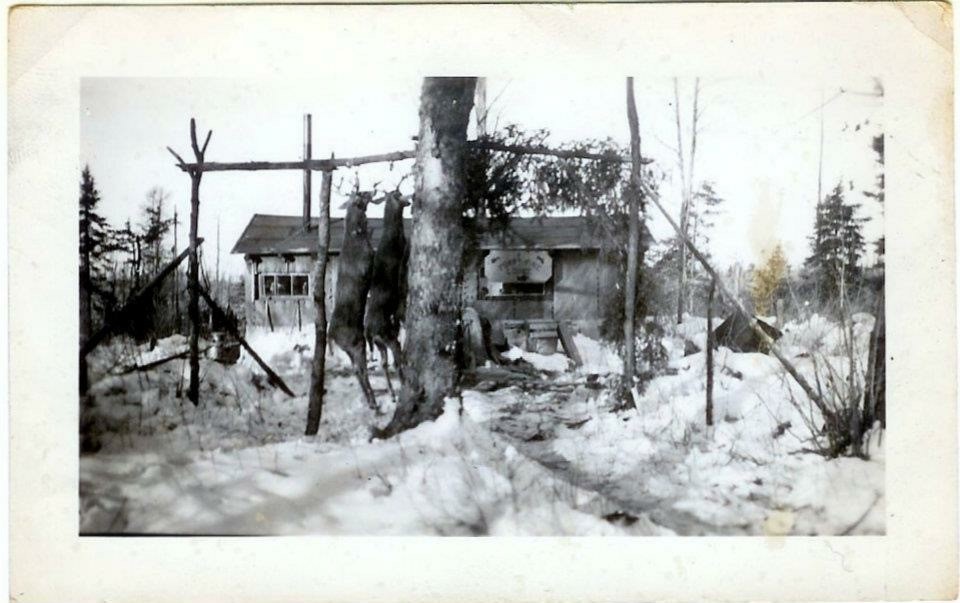 Hamm Camp, Loretta, WI
Hamm Camp, Loretta, WI  Hamm Camp
Hamm Camp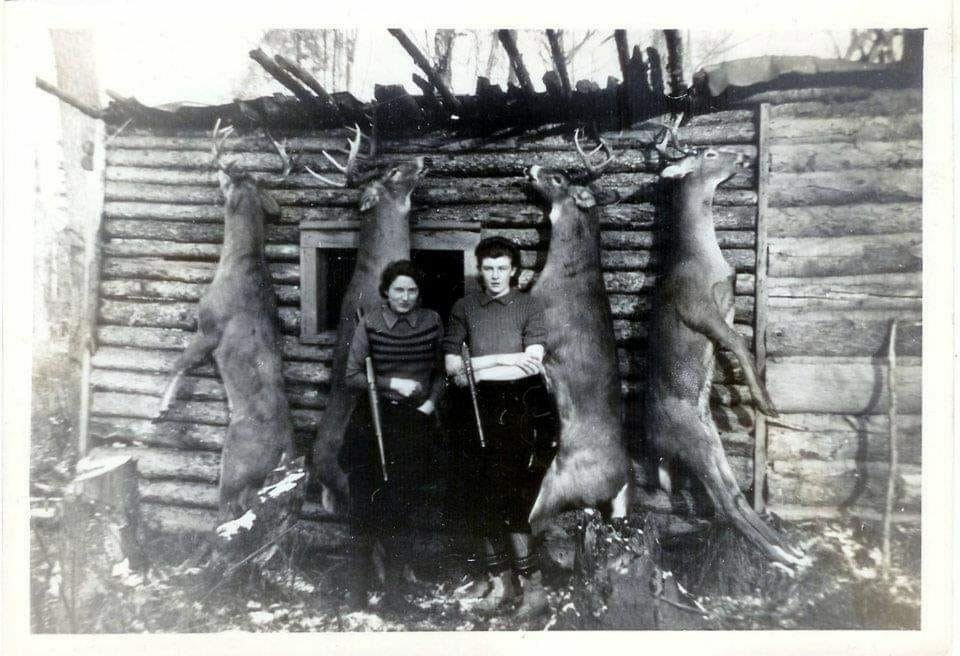 The women of the Hamm Camp, Loretta, WI
The women of the Hamm Camp, Loretta, WI 